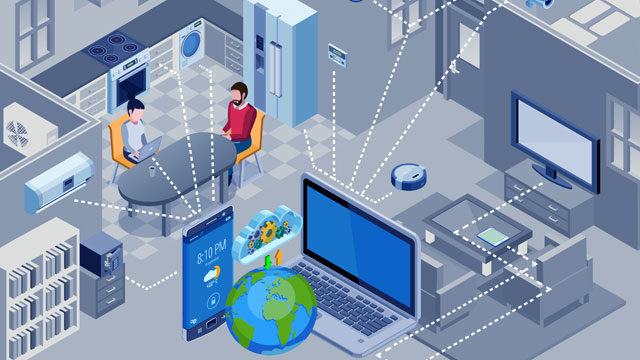The ‘top three’ of 2019 technology trends according to Gartner
-
The ‘top three’ of 2019 technology trends according to Gartner
1) Autonomy of things
2019 technological trends Concept of autonomy of thingsWith this expression, Gartner refers to the ability of physical and virtual objects to operate by interacting directly with the environment through AI functions , without human control. There are five classes of ‘things’ involved. Three in the physical world: robots , vehicles and drones ; and two in the digital one: applications and software agents. All already show achievements with different degrees of autonomy and the prospects for development are both potentially enormous and rather close over time.

Accordingly, according to Gartner, it is appropriate for organizations and companies to evaluate how it can be useful in their own sectors and fields of activity to make certain operations autonomous. Being careful, however, that for physical as well as virtual objects, autonomy does not become independence. In the sense that it should be limited to specific tasks in a defined area a priori. Not only because the AI has (not yet …) neither the decision-making abilities nor those of native learning (not based on instructions or experience) of the human mind, but also, we add, because making things capable of doing by itself involves ethical and legal aspects still to be clarified and whose effects and economic and social risks are all to be explored.
2) Augmented analytics
Augmented analytics conceptThe volume of data to be chosen, grouped and examined to make decisions about it grows to levels that make it practically impossible to use for the business without automating the processes involved. A system generation is born, indicated with the expression ‘ augmented analytics ‘, which uses machine learning platformsand analysis algorithms contextualized to events to feed new analytical services, more capable of in-depth analysis and often incorporated in the applications for which the analyzes are intended.
The importance of this evolution and the reason why Gartner places it among the 2019 technological trends and thinks it will become mainstream in the short term, lies in the fact that automating the identification of data sets, patterns and hypotheses allows the most capable users of business applications (the ‘power users’) to do predictive and prescriptive analysis on their own and act accordingly. The so-called ‘citizen data scientist’ is born, a figure destined to grow by 2020 five times that of the real data expert, an increasingly rare and expensive professional to find on the labor market.
3) AI-driven development
AI-driven development conceptTo incorporate artificial intelligence functions into applications(see point 2) new development tools are being created according to a trend that moves in three directions: the first is the transformation of AI tools aimed at data scientists into tools suitable for use by developers; the second is the introduction in these tools of AI capabilities that serve to automate in an ‘intelligent’ way (context and event-aware) the testing and code-generation processes; the third is the addition of a knowledge base of the business processes for which the applications are intended.
This evolution, according to Gartner, will also change the organization of development teams from a structure based on collaboration between data scientists and developers to one based on developers (even non-professional) able to use predefined AI models and development tools on their own. provided as a service.
𐌢





